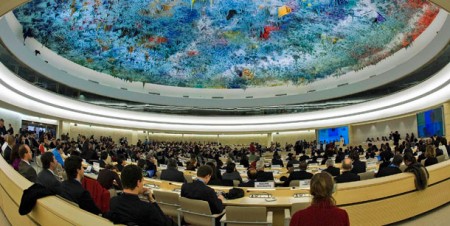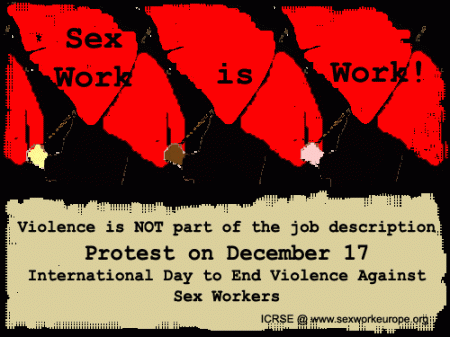When the Weiner sexting story broke, I was on holiday in Amsterdam, where prostitution is legally regulated, and newsstands display Penthouse and Vogue magazines side-by-side. It was no surprise then that “Weinergate” seemed to be met by the Dutch with a “here the Americans go again” eye roll.
In contrast to the Dutch, Americans love sex scandals. We love them so much that in a good year we produce and consume not just one of these high-profile scandals, but several. For many of us interested in sexual justice, the juiciest stories are those of the hypocrites: the Elliot Spitzers who lead anti-prostitute campaigns while purchasing sex; the George Rekers who champion the anti-gay movement while hiring “rent boys,” and the Newt Gingrichs who lead impeachment hearings while engaging in their own extra-marital affairs.
 And then there are people like Anthony Weiner: Charismatic heterosexual men in powerful positions who thrive on taking risks.
And then there are people like Anthony Weiner: Charismatic heterosexual men in powerful positions who thrive on taking risks.
Guys who benefit from the security and social status of marriage but who also have ample time away from their partners. Men who are fierce defenders of reproductive rights, are friends with the likes of John Stewart and Ben Affleck, and who (understandably) have many dedicated women fans. In pre-Twitter and Facebook days (circa 2006), such public figures were sometimes called “rock stars”; their fans, “groupies.” Today, with the democratizing boost of social media, more of us than ever before can construct our own neo-rock star status, supported by “Facebook friends” and “twitter followers.”
The privileges taken by (mostly heterosexual male) rock stars are nothing new; what’s new is the neo-rock star’s ability to showcase their goods on such a massive scale. But with this newfound power of instantaneous social impact, private digital messages are increasingly impossible. It’s the equivalent of whispering sweet nothings into a megaphone; or asking the masses to kindly shut their eyes while they flash that one special love interest in the crowd.
When teen girls send sexy words and images (and those photos are intercepted and distributed by “frenemies” for the purpose of shaming them), American parents panic and talk about “ruined lives.” But what about when the “sexting” is between consenting adults? Is there any harm in Weiner’s actions, and if so, harm to whom?
From a legal perspective, it seems that there is no case against Weiner. He did initially lie to reporters, his “fans,” and possibly also to his wife, but not under oath (so no perjury). He has admitted to engaging in several digital affairs, but adult, consensual sexual liaisons outside of heterosexual marriage and reproductive sexuality are (gratefully) no longer criminalized in the United States. If Weiner had campaigned against “dangers” of sexting and the internet, we could bash him for being a hypocrite (but alas, he was too busy championing issues like insurance industry reform).
I do not yet know enough about the situations and interpretations of Weiner’s sexting partners to comment on whether or not these women ever felt harmed by his messages (at this point I have not seen any self-reports of negative impact). But I will venture to guess that all of them (as well as Weiner’s wife, Huma Abedin) are being wounded by the invasive scrutiny of this media storm.
And so, from my perspective Weiner’s biggest “crime” may be that he was reckless with his neo-rock star privileges. I thus will
offer two pieces of sincere advice to Representative Anthony Wiener and other rising neo-rock stars:
- Invest in a good therapist who will help you reflect upon your desires, social/sexual identities, and social privileges. This is crucial information for then reassessing your own goals for yourself and your relationships including your marriage.
- Never confuse your fans and followers for your friends. This is especially important when operating under “schoolyard” conditions, where the status of one person or political interest depends on the beating down of others, and where conservative or knee-jerk normative definitions of “good” vs. “bad” sexuality rule.
Meanwhile, for the most part, American media coverage continues to uncritically replicate the notion that Weiner’s messages are simply “inappropriate” and “shameful.” And that’s why some of us with “Dutch” and sexual justice sensibilities — including us at Sexuality & Society — are rolling our eyes.
—–
Related Sexuality & Society stories:
- Lerum, K. Dec. 23, 2009. The real problem with sexting: Adult complicity in labeling teens “sluts,” “perverts,” and “criminals.”
- Dworkin, S. Dec. 17, 2009. Critically examining media coverage of Tiger Woods: Sex addict, masculine privilege, or racialized sexuality in sport?
- Lerum, K. May 2, 2010. Sex addiction clinics as capitalist confession booths.
















